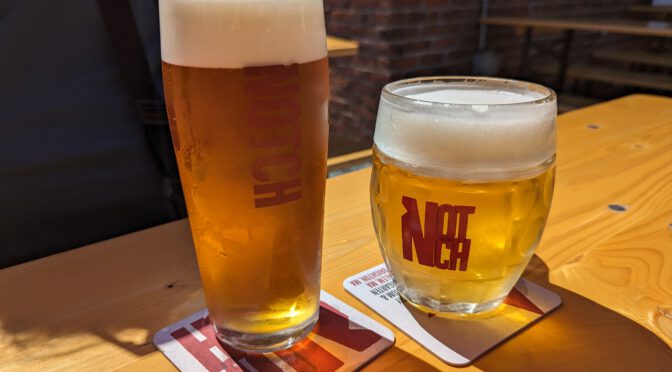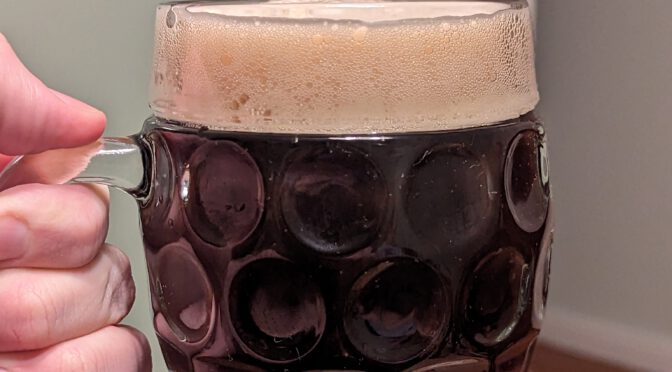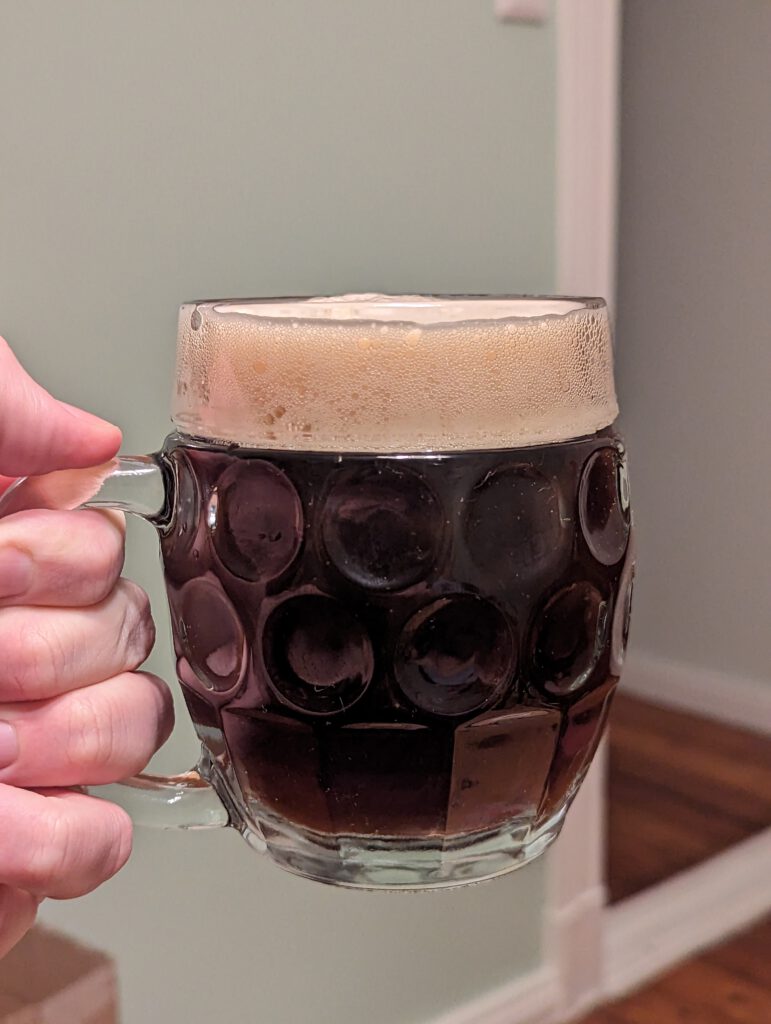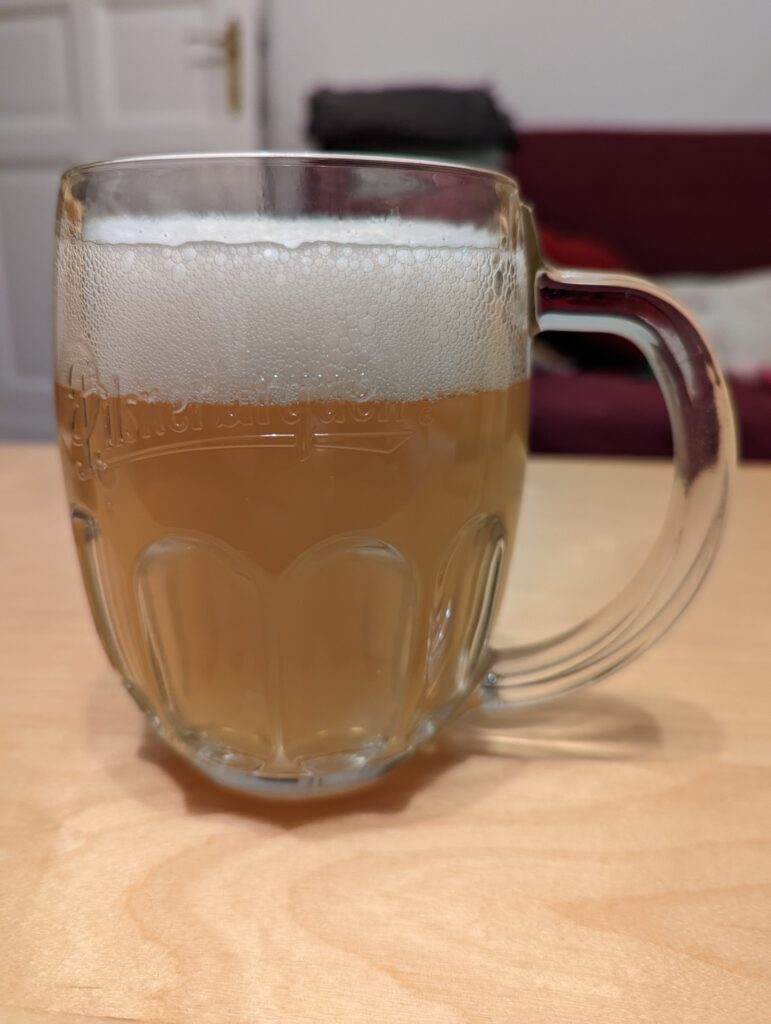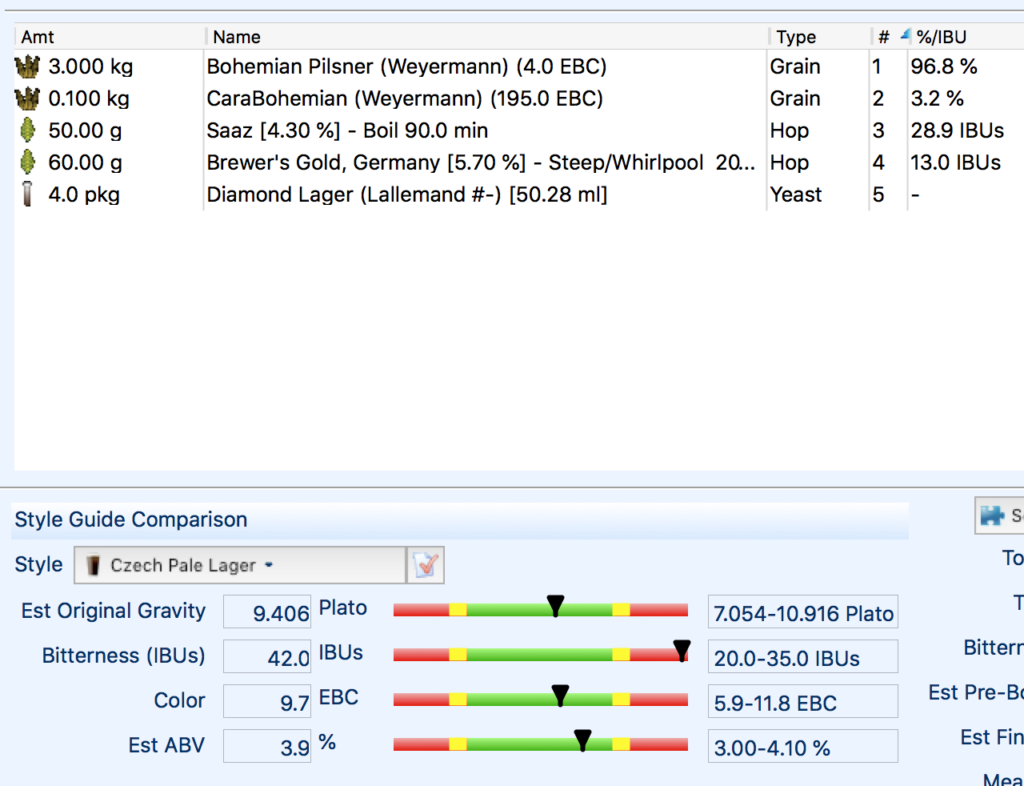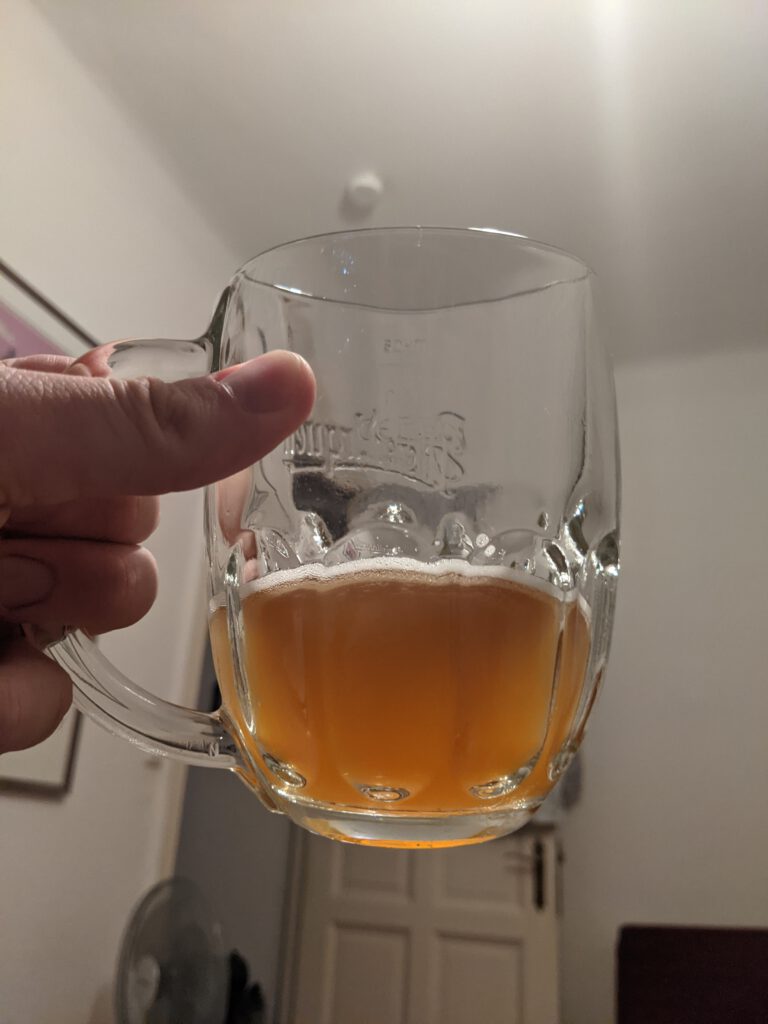This is the fourth part in my series about some of the excellent lager beer that we had on our trip to the US in June 2024. Our final stop was Boston, MA. One place my wife and I definitely wanted to visit was Salem (probably best known for the deadliest witch hunt in the history of North America) just outside of Boston, but it wasn’t for the touristy witch trial stuff. Rather, we wanted to go to Notch Brewing, known for brewing top-notch (no pun intended) examples of Central European beer styles.
Notch Brewing (Salem, MA): Session Beer Experts
Unlike the previous visits at Dovetail, Goldfinger, and Live Oak, I did not know anyone at the brewery, didn’t get in touch previously, and wasn’t introduced by anybody. Notch were also the only ones of these that didn’t serve a Vienna Lager at the time of my visit (it is apparently a thing, though, according to untappd), so this was just a visit for our own quiet enjoyment.
After just 35 minutes on the train from Boston North Station to Salem and another 15 to 20 minutes of walking we arrived at the brewery that had only just opened. My plan was clear: to try as many of the classic styles as possible. Fortunately, Notch makes this very easy as most beers are between 4.0 and 4.5% ABV, and are optionally served as Schnitt/šnyt.
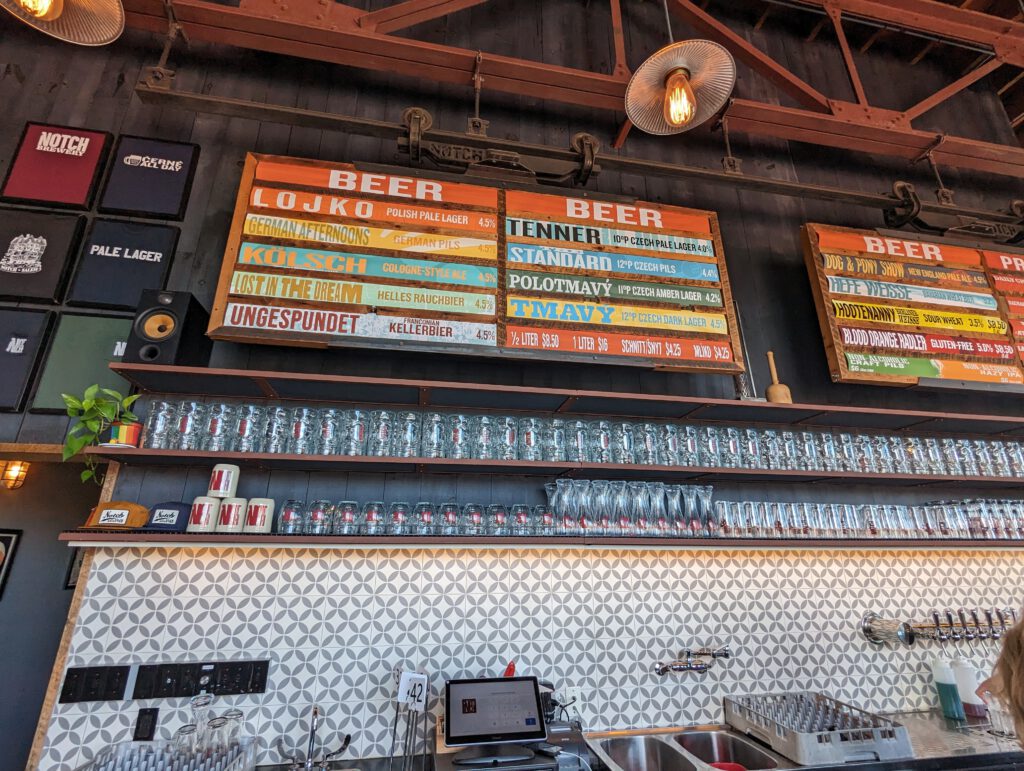
Louise’s first choice was Ungespundet, Notch’s take on a Franconian Kellerbier, while I went for Tenner, a 10° Czech-style pale lager. That beer strength is known in Czech as desítka, of which “tenner” is a direct translation.
We sat down with our beers in the gravelly beer garden that was set up with classic German beer tables and benches and wide sun umbrellas, right next to Salem’s harbour.
The Tenner was perfection. I feel like a broken record over the 4 parts of this series, but that beer was a great example of a 10° Czech pale lager, formulated and brewed by someone who obviously understands the style very well and enjoys it themselves.
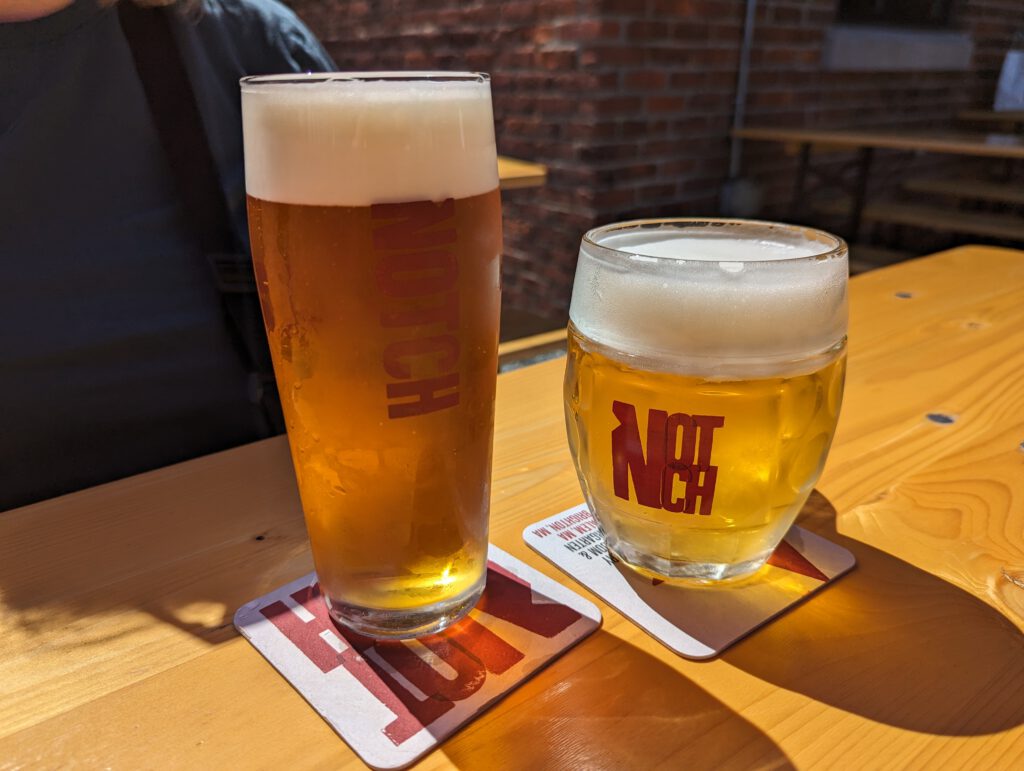
Louise equally enjoyed her Kellerbier, and after I tried it as well, we both came to the conclusion that it bears resemblance to pre-2021 Mahrs aU. It is obviously not a direct clone, but again a beer developed by someone who knows their Franconian beers very well (and frankly speaking, Notch Ungespundet would fit perfectly into any Franconian Bierkeller).
That someone is Chris Lohring, a 30 year veteran of the Massachusetts craft brewing scene. Much has been written about him and Notch, like this article by my friend Joe in the Brewing Industry Guide, or this brewery portrait in Good Beer Hunting. And he’s certainly a man with strong opinions, like in this podcast episode of Craft Beer & Brewing (and I’m not somebody to agree with all his opinions, but it’s a great source to gain a better understanding how he approaches brewing at Notch).
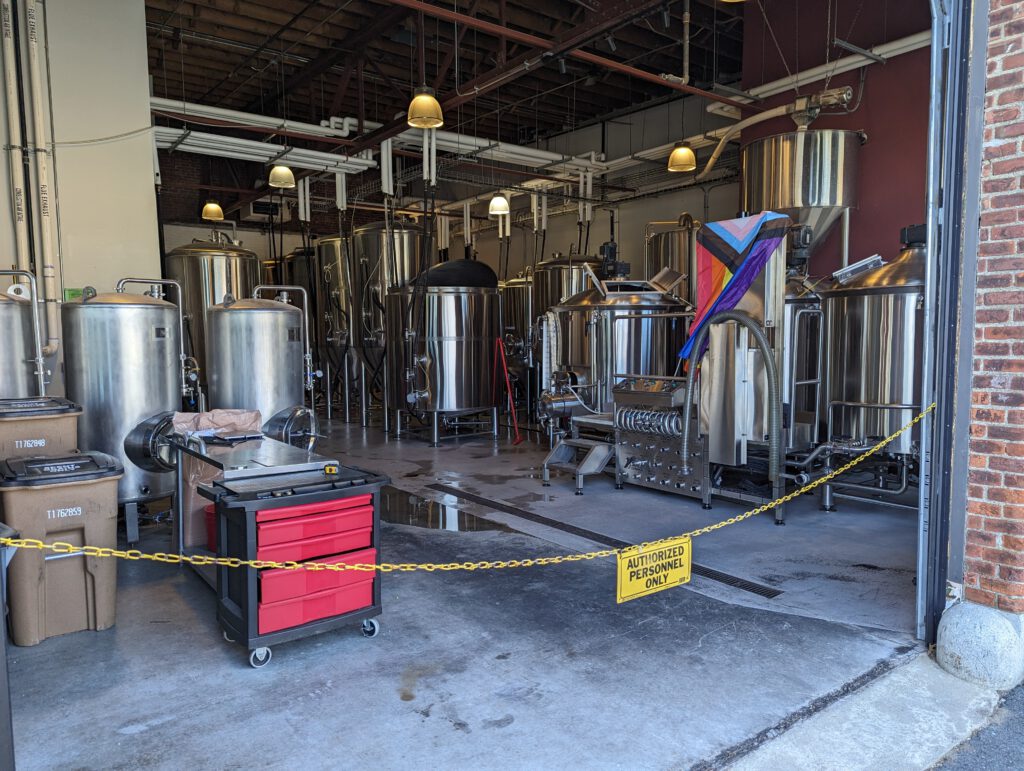
After this first excellent thirst quencher, I went on to try other beers. As a big fan of Czech Dark Lager with some strong opinions about it (read about my favourite tmavý recipe which is probably the best beer I ever brewed), I of course had to try Notch’s version. While it was very good, it was also a bit too roasty for my taste. But that’s fine, tmavé pivo comes in many expressions, some sweeter, some drier, some more going towards chocolate and caramel, some more roasted, some stronger, some lighter, some brown, some black.
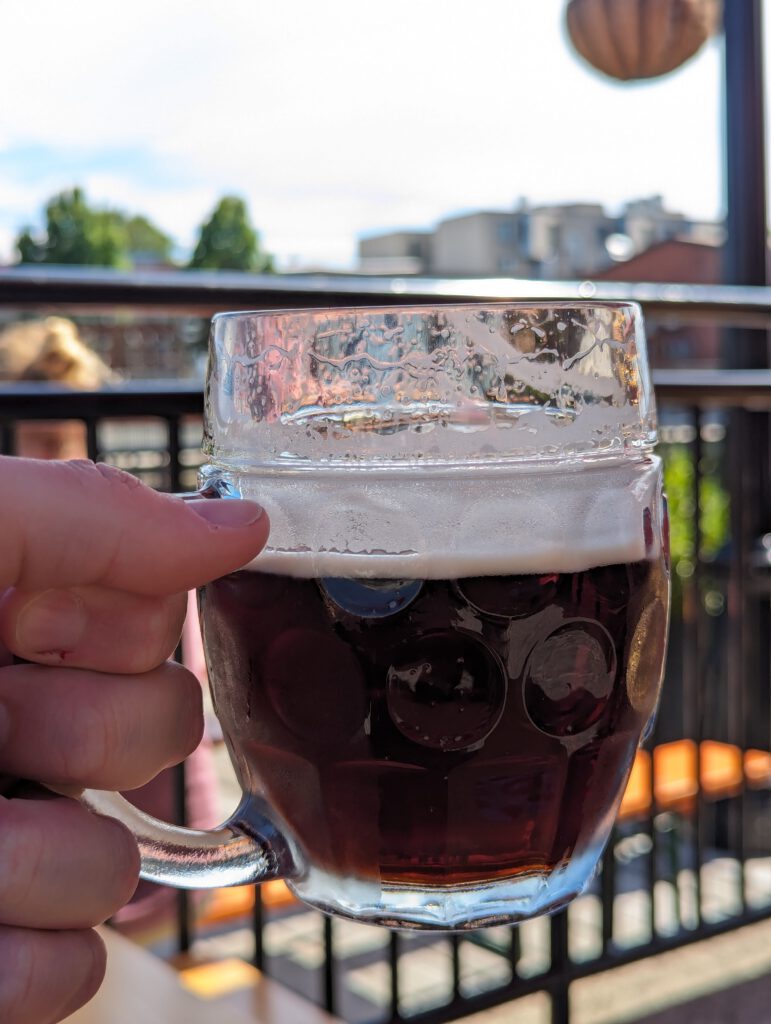
In the connected world of the 21st century, I’m always “on” with my Stammtisch friends, so when I posted pictures of Notch to our private Signal channel, including the menu, I almost immediately got a request what to try next. It was the Kölsch (served in a half-liter Willibecher, sorry purists!) that I chose. With only a medium bitterness, a hint of floral hops, and a restrained fruitiness from the top-fermenting yeast it was very convincing and I think captured the essence of good Kölsch. Probably the only two things that stood in the way of the beer not getting served by a Köbes in Cologne were where it was produced (i.e. not in Cologne) and that it was unfiltered and looked ever so slightly hazy. Nevertheless an excellent example of the style.
I then went on to try all the other beers that I could: I remember the German Pils as generally very good but not to the point where I remember anything specific about it (I did not take any notes, as this brewery visit was just about enjoying ourselves), while the Helles Rauchbier was memorable as what I basically perceived as a clone of Schlenkerla Helles. Ironically, Schlenkerla does not serve their smoked Helles in their Bamberg pub/restaurant at all, so getting a beer like that from draft anywhere always feels like somebody outsmarted Schlenkerla a bit at their smoked Helles game.
Finally, The Standard, their 12° Czech Pale Lager: it felt more full-bodied, more rounded out, and most importantly more balanced than the Tenner. And just like it, a beer that feels like it has teleported you back to Czechia. As it was the last one I had on site, I sipped it more slowly while we were playing a few rounds of skee-ball.
Just before leaving, we also asked for crowlers (1 quart cans that were filled and closed up right at the bar, and they’re meant to be consumed within 2 weeks) of The Standard, Ungespundet and the Kölsch to bring back home. We shared them with our friend Ben about 1.5 weeks after canning. Both Kölsch and The Standard held up really nicely, while the Ungespundet unfortunately did not travel so well and had developed a bit too much diacetyl that ultimately made it not as good and pleasant to drink as straight from the source in Salem.
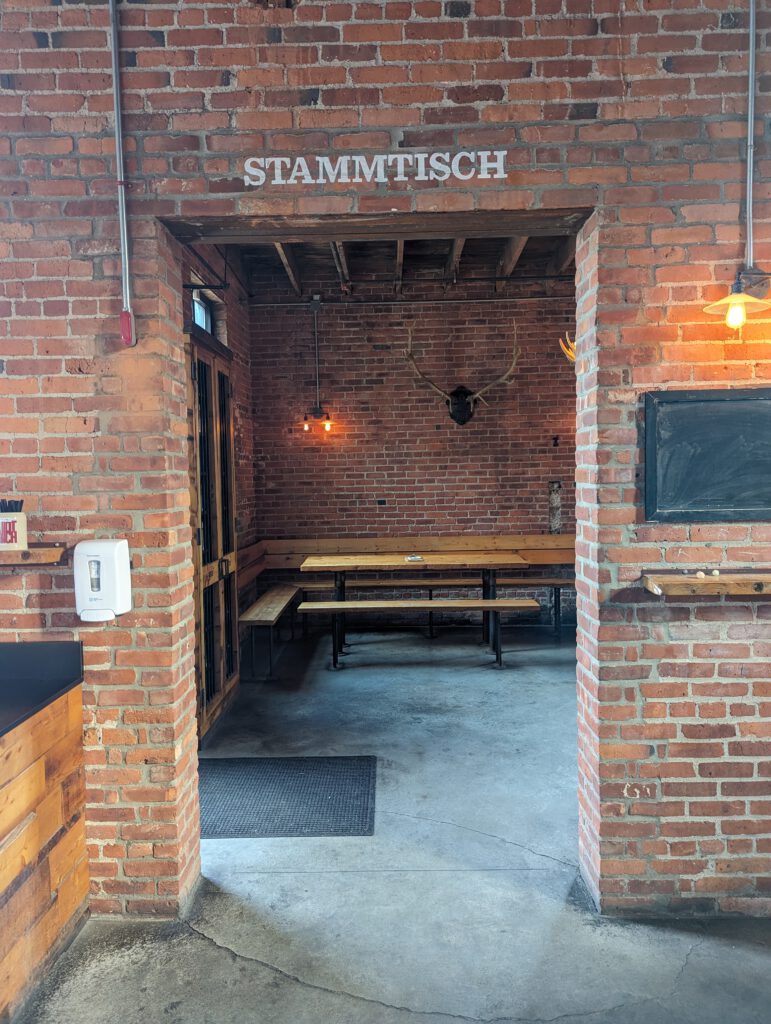
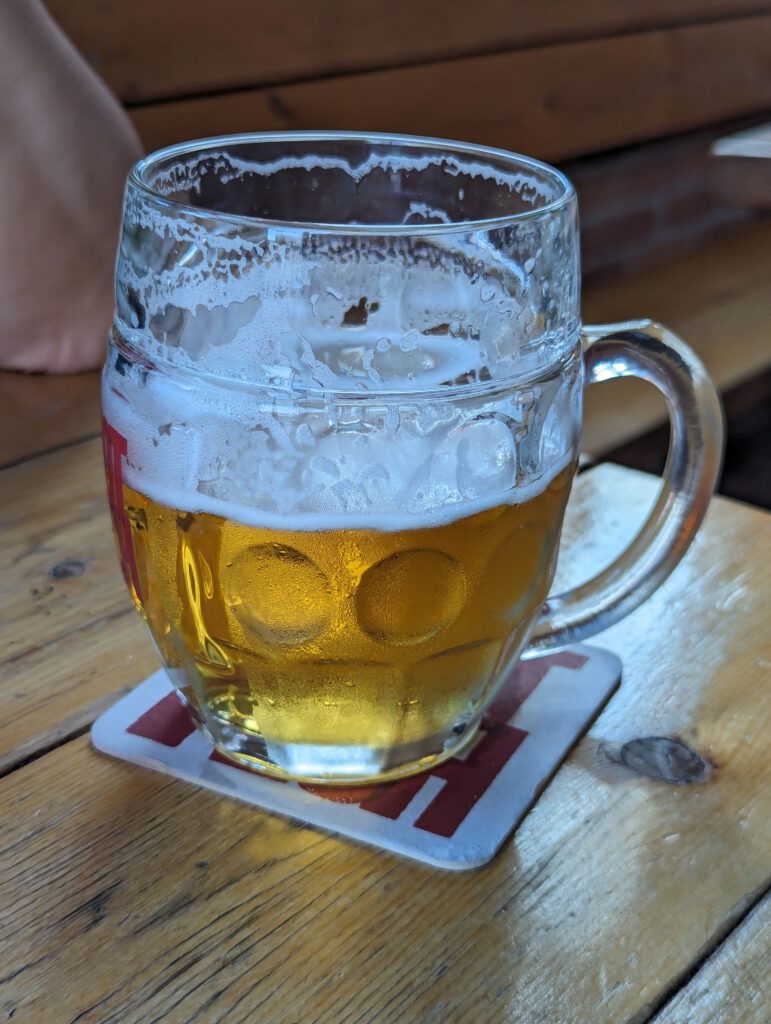
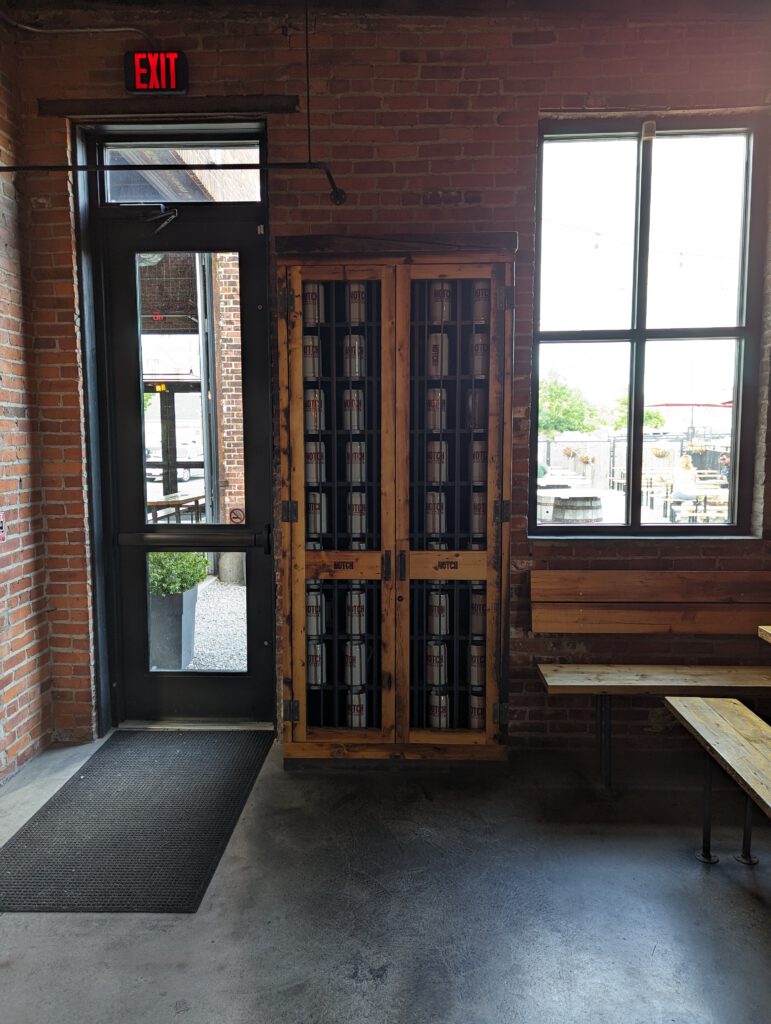
As with the other breweries discussed in this series, Notch was fantastic to visit as a place that offers a wide range of Central European styles, all super drinkable, all as good as you’d find them in some of the best breweries where the styles originated, and all bundled in a single brewery taproom, like you wouldn’t find it in Europe.
So, what’s next?
This article concludes my series about the 4 best breweries we visited on our trip to the US in June 2024. But worry not, there will be an article with all the other breweries we visited and/or whose beer we drank that didn’t quite make the cut to warrant their own blog posts, because frankly, even though they weren’t quite as amazing as Dovetail, Goldfinger, Live Oak or Notch, there was still lots of great beer that we enjoyed in Chicago, Austin and Boston.

